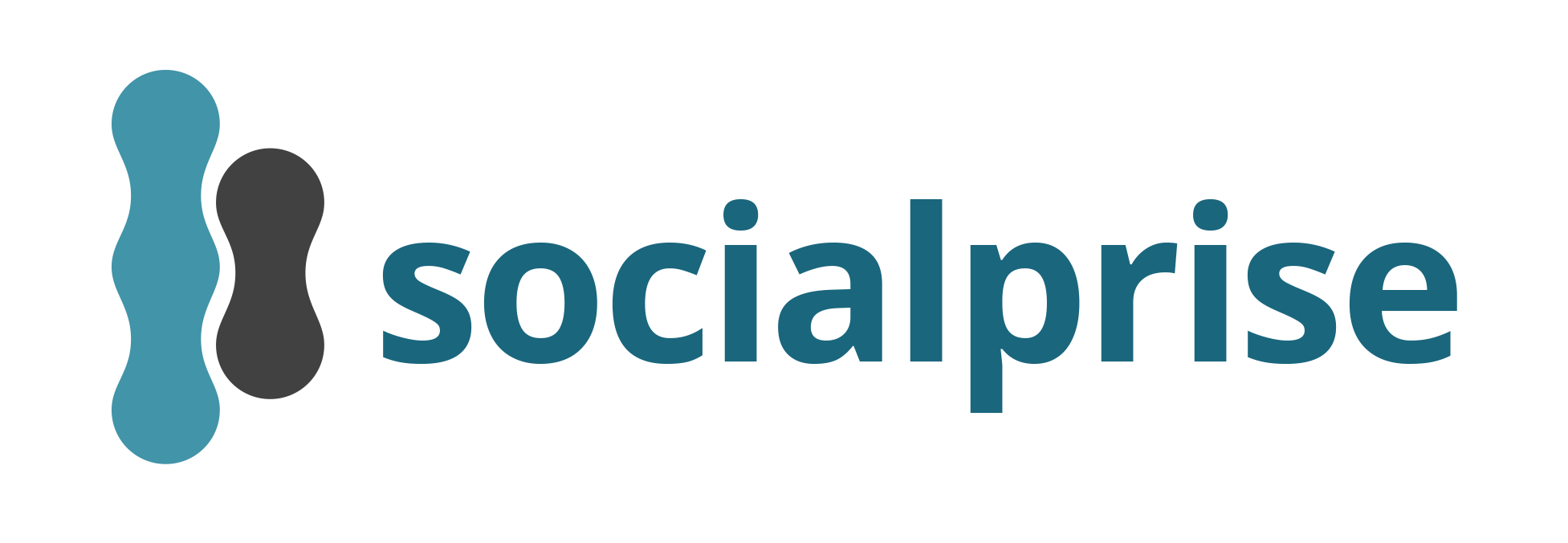Interactive Visual Content Development: A Comprehensive Guide
What is interactive visual content?
Interactive visual content is any type of visual content that allows users to interact with it in some way. This can include clicking on elements, dragging and dropping, or answering questions.
Interactive visual content can be used for a variety of purposes, such as educating and informing users, promoting products and services, or simply providing entertainment.
Why is interactive visual content important?
Interactive visual content is important because it can be more engaging and effective than traditional visual content. When users are able to interact with content, they are more likely to pay attention to it and remember it. Interactive visual content can also be used to collect data from users, which can be used to improve future content and marketing campaigns.
Benefits of using interactive visual content
There are many benefits to using interactive visual content, including:
- Increased engagement: Interactive visual content is more engaging than traditional visual content, as it allows users to interact with it in some way. This can lead to increased attention spans and higher recall rates.
- Improved learning outcomes: Interactive visual content can be used to create educational and informative content that is more effective than traditional methods. This is because interactive content allows users to learn at their own pace and in a way that is more engaging.
- Increased conversions: Interactive visual content can be used to create marketing campaigns that are more effective than traditional campaigns. This is because interactive content can be used to collect data from users, which can be used to create more targeted and effective campaigns.
- Improved customer experience: Interactive visual content can be used to create a more engaging and interactive customer experience. This can lead to increased customer satisfaction and loyalty.
Types of interactive visual content
There are many different types of interactive visual content, including:
- Interactive infographics: Interactive infographics allow users to interact with data and visualizations in a variety of ways. For example, users may be able to click on different elements of the infographic to learn more information or to see different data sets.
- Interactive videos: Interactive videos allow users to control the playback of the video or to choose different paths through the video. This can be used to create more engaging and personalized video experiences.
- Interactive presentations: Interactive presentations allow users to interact with the presentation in a variety of ways. For example, users may be able to click on different elements of the presentation to learn more information or to see different views of the data.
- Interactive quizzes and polls: Interactive quizzes and polls allow users to test their knowledge or to express their opinions on a variety of topics. This type of content can be used to generate leads, to collect data, and to engage with users.
- Interactive data visualizations: Interactive data visualizations allow users to interact with data in a variety of ways. For example, users may be able to filter the data, zoom in on different areas of the data, or change the way that the data is displayed.
How to develop interactive visual content
To develop interactive visual content, you will need to:
- Identify your target audience and their needs: What are your goals for the interactive visual content? What are your target audience’s interests and needs?
Once you know this information, you can start to brainstorm ideas for interactive visual content that will be relevant and engaging to your target audience. - Choose the right type of interactive visual content: There are many different types of interactive visual content, so it is important to choose the right type for your needs. Consider the goals of your content, your target audience, and the resources that you have available when making your decision.
- Develop a clear and concise message: What is the main message that you want to convey with your interactive visual content? Make sure that your message is clear, concise, and easy to understand.
- Design engaging and visually appealing content: Your interactive visual content should be visually appealing and engaging. Use high-quality images, graphics, and videos. Make sure that the content is easy to navigate and that it is mobile-friendly.
- Test your content with users: Before you launch your interactive visual content, test it with users to make sure that it is easy to use and that it is engaging. Make any necessary adjustments based on the feedback that you receive.
Tips for creating effective interactive visual content
Here are some tips for creating effective interactive visual content:
- Keep it simple and easy to use: The interactive elements of your content should be easy to understand and use. Avoid using too many complex or confusing interactions.
- Make it relevant to your target audience: Make sure that the interactive visual content is relevant to the interests and needs of your target audience. This will help to ensure that they are more likely to engage with the content.
- Use high-quality visuals: Use high-quality images, graphics, and videos to make your interactive visual content more engaging.
- Make it shareable: Make it easy for users to share your interactive visual content on social media and other online platforms. This will help to increase the reach of your content and engage a wider audience.
- Track your results and make adjustments as needed: Once you have launched your interactive visual content, track the results to see how it is performing. Pay attention to metrics such as engagement, conversions, and shares. Make adjustments to your content as needed to improve its performance.
Further reads: Instagram Reels: Your Ultimate Guide to Captivating Content
Conclusion
Interactive visual content is a powerful tool that can be used to engage and inform users, promote products and services, and provide entertainment. By following the tips above, you can create effective interactive visual content that will achieve your desired results.

Resources for creating interactive visual content
There are a number of resources available to help you create interactive visual content. Here are a few examples:
- Genially
- H5P
- ThingLink
- Visme
- Powtoon
These resources offer a variety of tools and templates that can be used to create interactive infographics, videos, presentations, and more. Want a full list? Click here.
Hope this article has been helpful. If you have any questions, please feel free to leave a comment below, or contact us.



